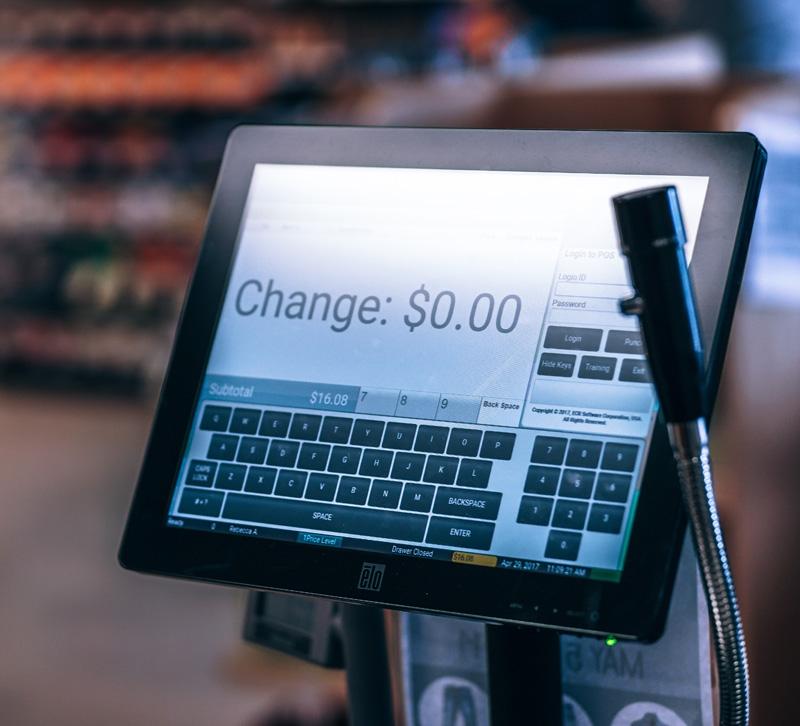A study from Synqera found that 73 percent of in-store shoppers said the checkout experience is their biggest pain point. With consumers growing used to the ease of online shopping, they want the in-store checkout experience to be as efficient as possible when they decide to visit a brick-and-mortar showroom. POS systems — the hardware and software that allow you to check out customers and process payment — have come a long way over the past decade, and even the past few years. If you haven’t updated your system in ages, it might be time to consider upgrading to a checkout system that meets the needs of your business and customers. Here are three signs it’s time to update your POS system.
1. You can’t email receipts
Emailed receipts are beneficial for several reasons. For one, you save paper, so you can save a bit of money while boasting about your eco-friendly business practices. Emailing receipts is also fast, and allows the customer to have a handy record of the transaction without the risk of losing it. You’ll also get more of your customers’ email addresses on file, which can work wonders for your email marketing. Even if they don’t want to fully opt into your email marketing list right away, just sending the receipt provides an opportunity to include a bit of marketing messaging — you can include links to your website or social media or even offer promotions in the email. If your current checkout system doesn’t allow for emailing receipts, it’s worth looking into some systems that will, especially since consumers are growing more and more used to emailed receipts.
2. You can’t accept many forms of payment
Gone are the days of paying for things with cash or check, and consumers are increasingly wanting to pay for items through a variety of methods. Especially since home furnishings shoppers are coming to your store to make some investments, you don’t want to lose the sale at the end just because you can’t process the preferred form of payment. At a minimum, it’s important to accept a variety of credit or debit cards, which you’re likely already doing. Accepting mobile wallets like ApplePay is an extra step that your more tech-savvy customers might appreciate.
3. Your online and in-store catalogs aren’t synced
While the primary function of POS systems is to process payment, the options out there today can do so much more. New POS systems can help you keep track of sales and customer data, transfer money to your bank account and track your inventory so you don’t have to do all of that with a separate bookkeeping system. If your POS system doesn’t keep track of inventory levels for you — across your online and in-store offerings — it can be a headache trying to keep record of what you have so you know what’s selling well and what you need to reorder and when. New POS systems have functions that automatically keep track of your product stock, providing the information you need to manage your inventory and freeing up time spent with spreadsheets and calculators. If you find that you’re wasting precious time on bookkeeping, a new POS system can help automate some of your processes, provide key insight and make your life easier.
Today’s POS systems are so much more than just a cash register, and investing in these new technologies can ultimately help you better serve your customer and better organize your business and its data. What issues do you run into with your POS system? Do you think it’s time for an upgrade? Let us know in the comments!
Photo: Pexels







